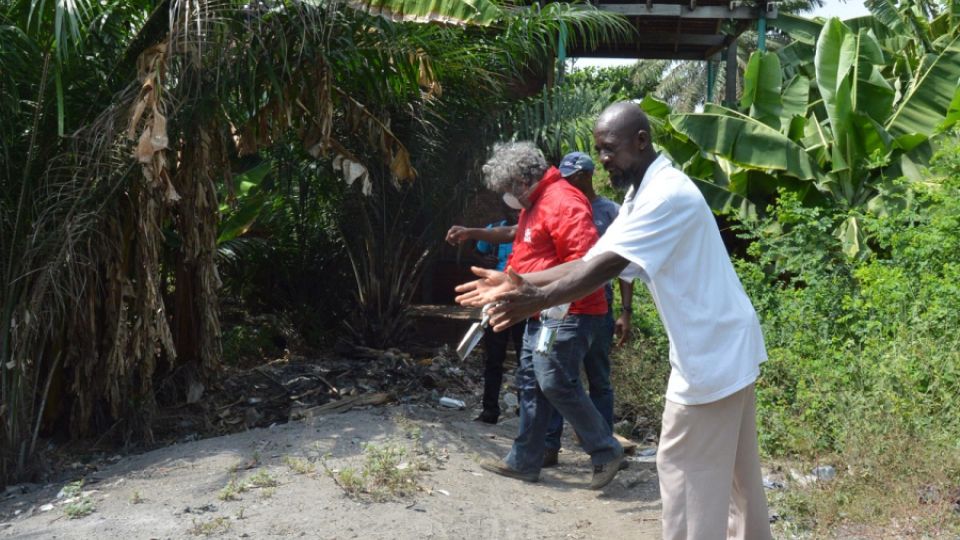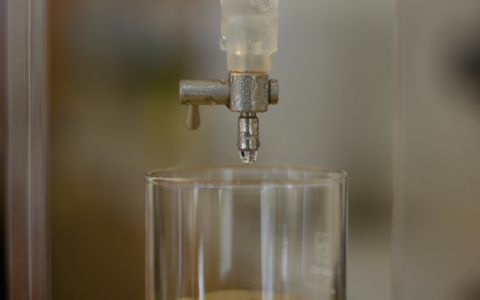In the second series of webinars of the Arnika Association, concerning the issue of waste incineration, the speakers Nikola Jelínek and Jindřich Petrlík touched the topic of exceeding planetary boundaries again. Operation of incinerators, especially due to management of solid residues, causes environmental pollution. Because of that, for example hazardous persistent chemicals, dioxins, but also heavy metals and microplastics, are released into the environment.
Arnika had a lecture on influences of chemical pollution on the environment and life of people also at the international conference Dioxin 2023. At the conference, it presented results of several studies concerning, among other things, also dioxins formed as by-products of waste incineration, including medical waste incineration.
According to the results of the studies, dioxins are found in increased concentrations in chicken eggs from household farms, representing a sensitive indicator of environmental pollution with these substances. The chickens have free access to contaminated soil and dust, that enters their bodies together with small insects. If the soil contamination exceeds certain level (2–4 ng PCDD/F-TEQ/kg of dry matter), it results in accumulation of these substances in chicken bodies, and, subsequently, in the eggs that serve as an important source of proteins [1].
Eggs from the surroundings of waste incinerators in various countries, including Cameroon, Ghana, and Gabon, showed alarming dioxin concentrations, often exceeding European limits. Due to that, local people, especially children, are exposed to the risk of damage to nervous, immune, hormonal, and reproductive systems.
In the Czech Republic, our measurements found increased levels, and we did not have the opportunity of further measurements
As a consequence of that, dioxin concentrations in eggs from the surroundings of medical waste incinerators in Cameroon, Ghana, and Gabon [2] were in a similar, or even higher, range as in the eggs sampled in the surroundings of medical waste incinerators in Lysá nad Labem and Benešov in 2004-5. The limit for contents of these substances in eggs, set at the European level, was exceeded in almost all the cases (including Lysá nad Labem and Benešov), it was higher also in comparison with eggs bought in a supermarket. Newer samplings at the sites of Czech hazardous waste incinerators are not available.
It is alarming that the egg sample from Ghana was at he 25th place among the highest measured dioxin concentrations in eggs from various sites of the world, in spite of the fact that the local incinerator has been out of operation for several years already. In its surroundings, there are present residues of ash and fly ash produced by medical waste incineration, and the chickens have access to them. It shows the need to re-evaluate limits for persistent organic pollutants in materials regarded as a waste.
Waste from incinerators is toxic all over the world
A similar situation is also in Taiwan [3] where treated (solidified) fly ash from waste incinerators (the component comprising the highest percentage of toxic substances) is deposited, and subsequently covered with ash. Its amounts correspond to approximately a third of the original weight of the waste, and it contains hazardous waste in lower concentrations, but this is not true for all the substances. In spite of that, increased dioxin concentrations were found not only in dust and soil, but also in eggs, in the vicinity of closed landfills for residues from waste incineration, but also of such landfills in operation.
Dioxins in eggs from Taiwan did not exceed the limit set in the EU for foodstuffs, however, their levels exceeded concentrations in background (reference) samples from various countries in South-East Asia, and they were also higher than in eggs from cage farms in Taiwan. Also sediment samples from fish ponds in the vicinity of the Taiwan road Ancing, where waste incineration ash has been landfilled, were contaminated both with chlorinated and brominated dioxins, having similar effects as chlorinated dioxins.
It means that waste incineration residues may be a source of environmental contamination with persistent organic pollutants (POPs) formed as unintentional by-products of waste incineration. As a consequence of wrongly set limit for waste with POPs contents, they are subsequently managed in ways causing contamination of the environment and food chain.
[1] https://www.sciencedirect.com/science/article/pii/S2405665022000166
[2]https://www.researchgate.net/publication/373927855_Persistent_Organic_Pollutants_and_Heavy_Metals_in_Surrounding_of_Disposal_Sites_of_Waste_Incineration_Ash_in_Southern_Taiwan
[3]https://www.researchgate.net/publication/373927855_Persistent_Organic_Pollutants_and_Heavy_Metals_in_Surrounding_of_Disposal_Sites_of_Waste_Incineration_Ash_in_Southern_Taiwan
Picture: Medical waste incinerator Akkra in Ghana and its surroundings, photo Jindřich Petrlík







